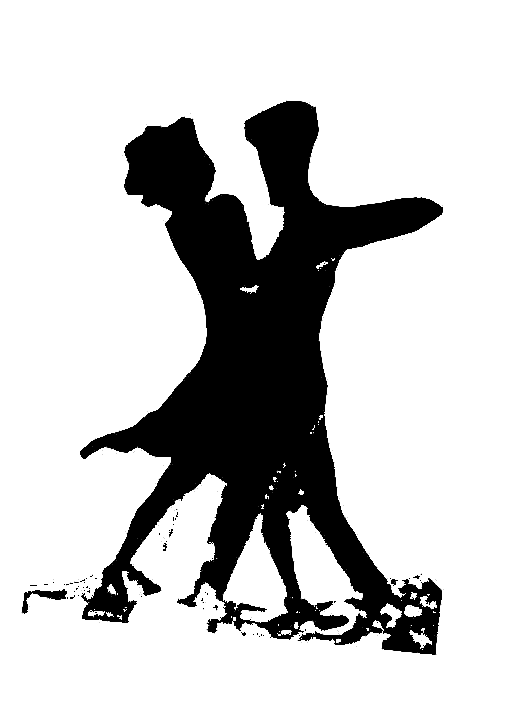

From Mazurka in
1750 to Hip Hop
in 2008
(1 of 4)
by Herwig Wandschneider
The ups and downs of public dancing over 250 years.
 Ballroom
Dancing is a wonderful, gracious recreational activity and exercise and has
been so for centuries. Who started it where and when? I asked Ballroom
Ballroom
Dancing is a wonderful, gracious recreational activity and exercise and has
been so for centuries. Who started it where and when? I asked Ballroom
 Dance
Enthusiast and Teacher – Horst Kessler – for a brief relaxed summary of the
history of Ball Room Dance, the kind that you and I can learn, not the
"Dancing with the Stars" kind. He happily obliged and produced a series of
four segments with anecdotes pertaining to the particular styles and times
interspersed with his own experience.
Dance
Enthusiast and Teacher – Horst Kessler – for a brief relaxed summary of the
history of Ball Room Dance, the kind that you and I can learn, not the
"Dancing with the Stars" kind. He happily obliged and produced a series of
four segments with anecdotes pertaining to the particular styles and times
interspersed with his own experience.
This is the first segment in the series of four. … Herwig Wandschneider
1750 - 1920
Once upon a time (around 1750), the "French
Aristocracy" decided to go into the frolicking of moving their bodies to the
 wonderful
music of Waltz, Bolero, Polka, Polonaise (originally a Polish walking dance
in ¾ time) and Mazurka.
wonderful
music of Waltz, Bolero, Polka, Polonaise (originally a Polish walking dance
in ¾ time) and Mazurka.
Whenever the French had a ball, about 20 couples, all princes and princesses of course, had to open the ball with a polonaise. General dancing during the very elegant evening consisted of waltz, bolero, polka and mazurka. All this happened in the realm of aristocracy, at the times of napoleon, civil war and the industrial revolution, between 1750 and 1850. The music was mainly played by violinists with their Amatis or Stradivaris from Italy.
As time went on it was discovered when there was a singer with a band, it became more attractive to the"general public". The bands played the two-step, cake walk and square dance.
 Then
suddenly a group of attractive French girls developed and took the world by
storm with the 2 legged Can-Can. The Moulin Rouge became the Number 1 Night
Club in the world in the night club district of Paris’ - Montmartre.
Then
suddenly a group of attractive French girls developed and took the world by
storm with the 2 legged Can-Can. The Moulin Rouge became the Number 1 Night
Club in the world in the night club district of Paris’ - Montmartre.
Paris set itself up as a world class city. It also started to have street lamps and tandem bicycles. Picnics took place in all the wonderful parks of Paris. Of course everybody was dressed beautifully and all the ladies with elegant umbrellas. All this happened between 1850 and 1900.
While the aristocracy continued to dance the waltz, two-step and polkas at balls, the general public preferred what came from across the ocean such as the Bunny Hop, Buzzard Lope, Grizzly Bear, Turkey Trot, Valeta and the Tango, which started to trickle in from Argentina. The tango was played on a little hand harmonica, which was brought to Argentina by German immigrants and developed later into the Accordion. This took place between 1900 and 1910. It was called the ragtime period.
The American dance was controlled by Irene and Vernon Castle - they dominated the whole dance scene by demonstrating all these dances from 1910 until 1920 and teaching the Lindy Hop and American Foxtrot throughout the USA.
Also Valentino and Arthur Murray began their careers at that time, demonstrating dance styles from 1910 until 1920.
In 1950, precisely 200 years after the Mazurka, Polka etc were first danced in 1750, the writer took his first beginners course at the elegant dance studio of Heinz and Marga Doelner. The first 2 lessons consisted of "etiquette" followed by learning the Slow Waltz, Viennese Waltz and Social Foxtrot. But more about that in a later segment.
Horst Kessler
